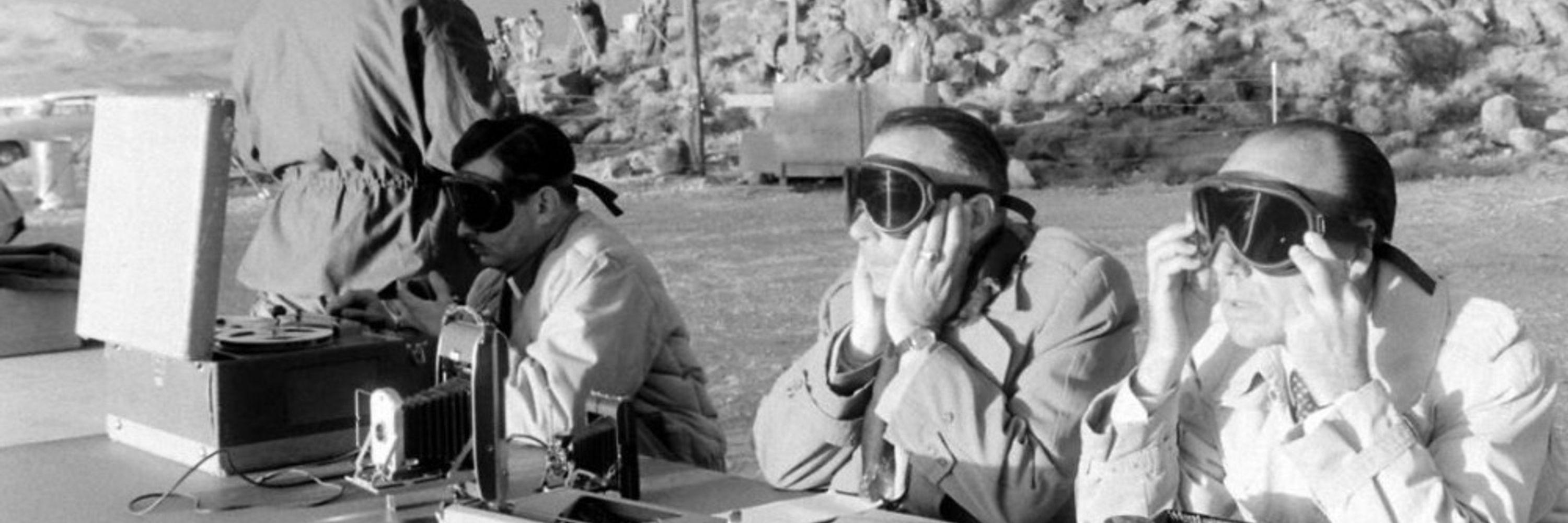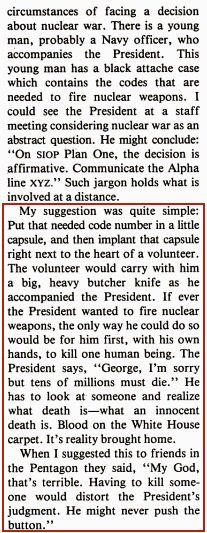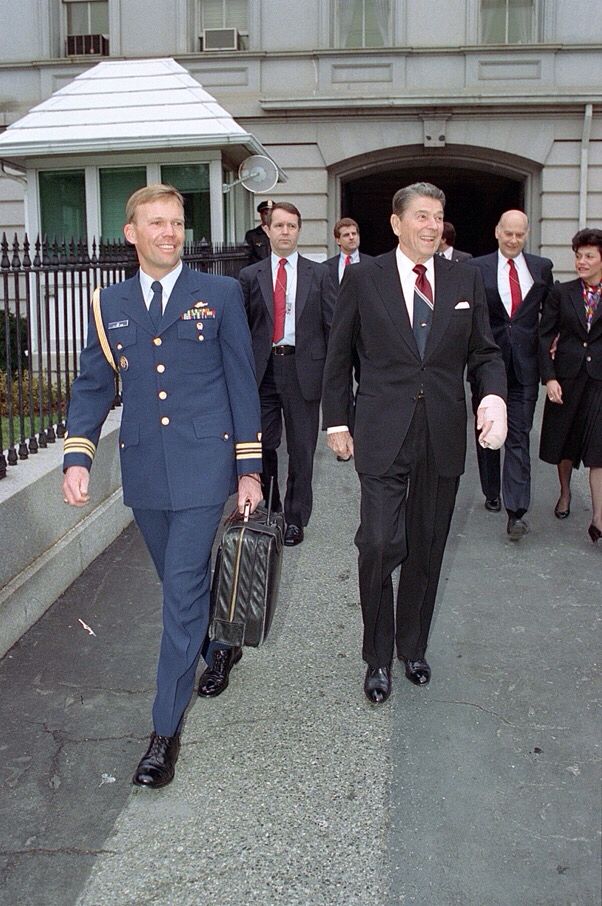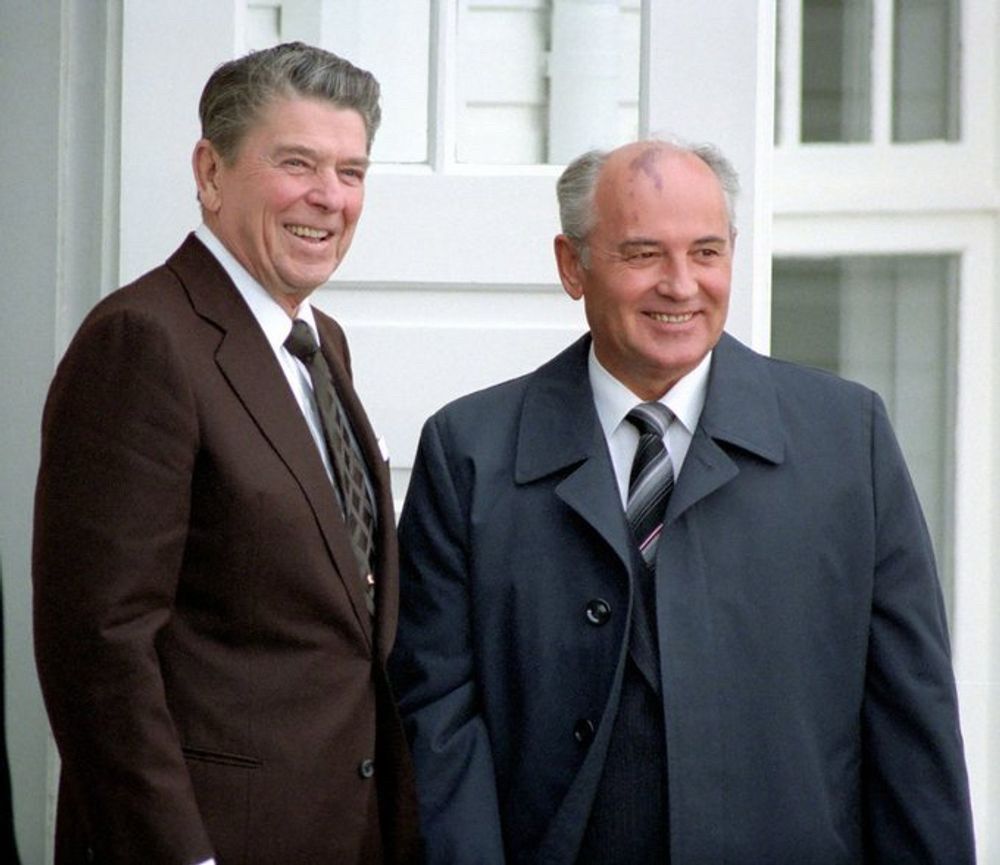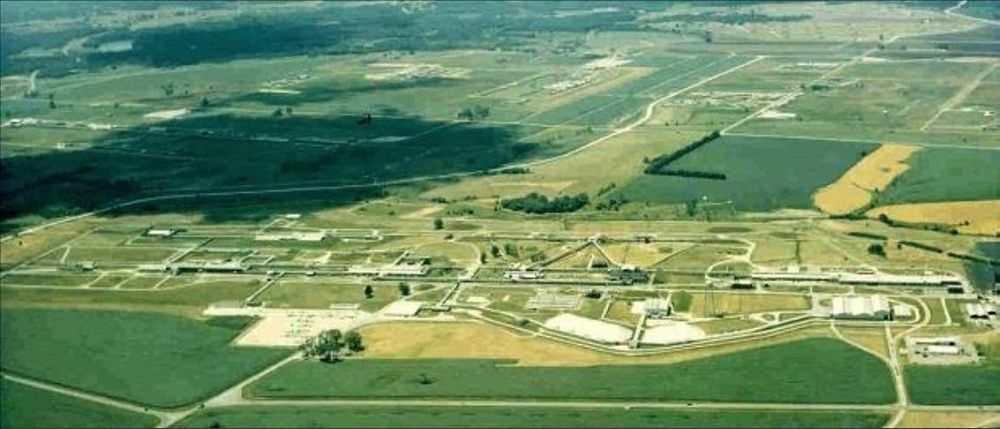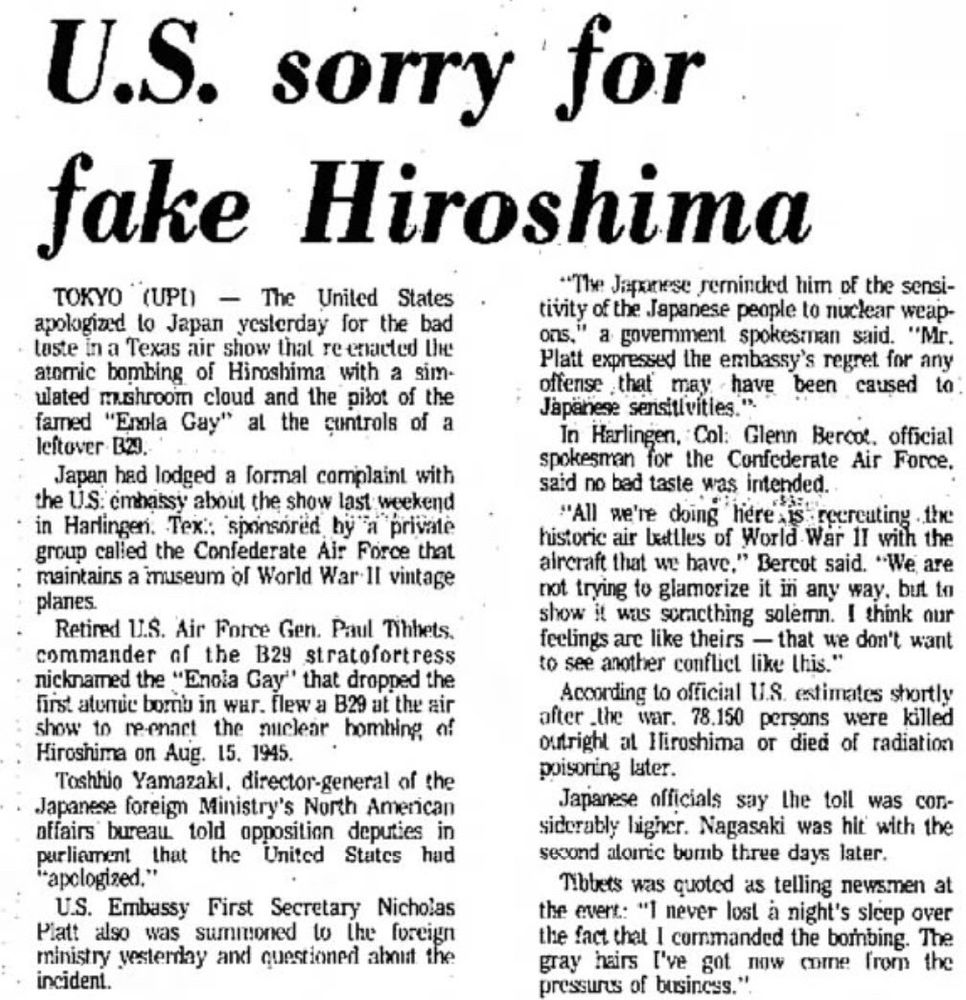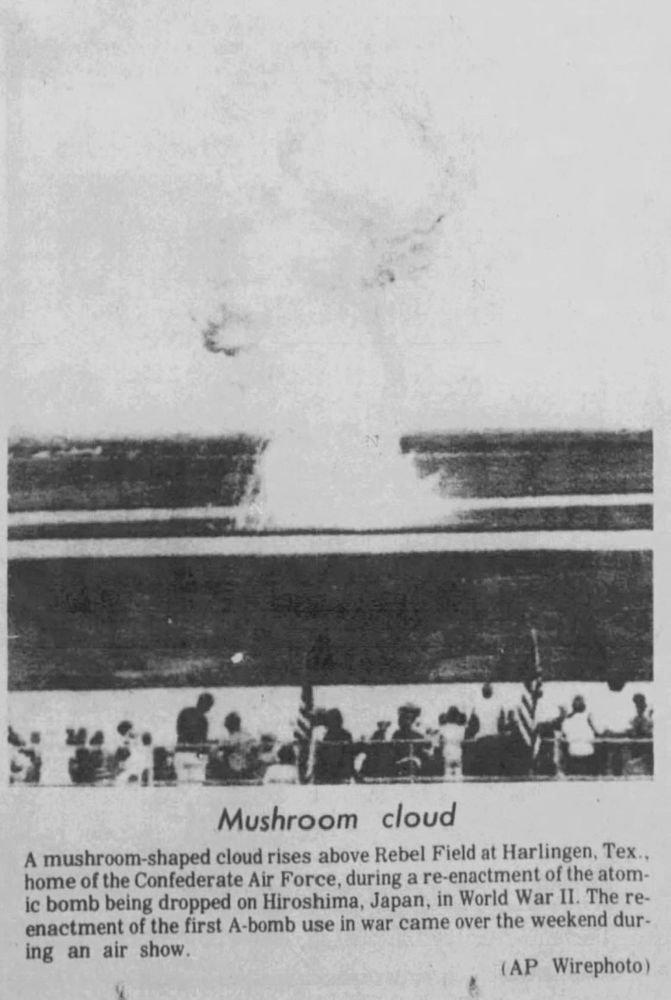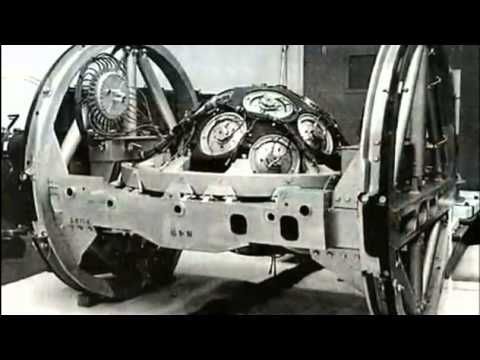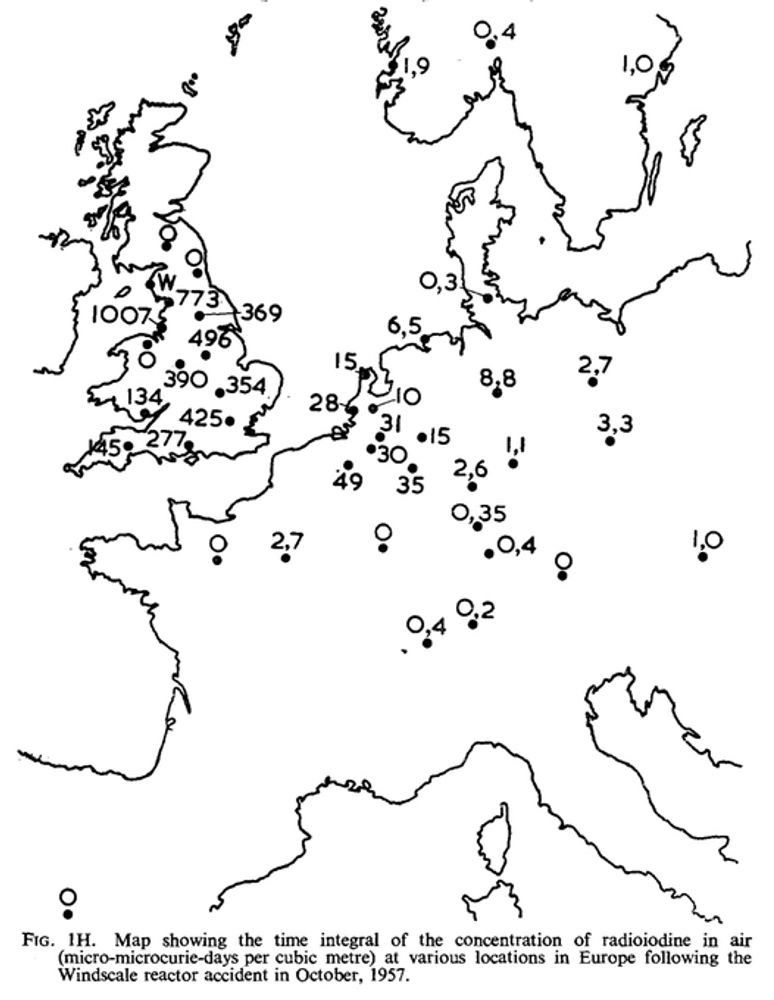Stephen Schwartz
@atomicanalyst.bsky.social
15K followers
1.1K following
10K posts
Editor/Co-author, “Atomic Audit: The Costs and Consequences of US Nuclear Weapons Since 1940” • Nonresident Senior Fellow, Bulletin of the Atomic Scientists • Nuclear weapons expert (history, policy, costs, accidents) and tracker of the nuclear “Football.”
Posts
Media
Videos
Starter Packs
Pinned
